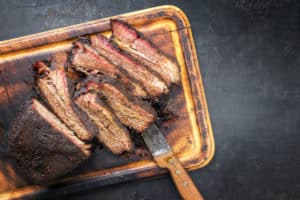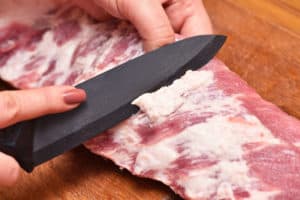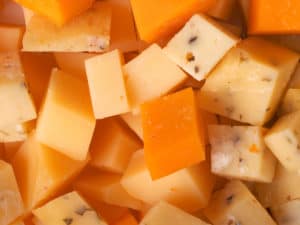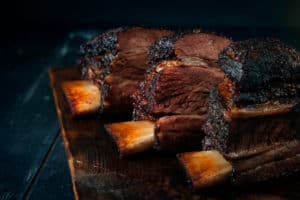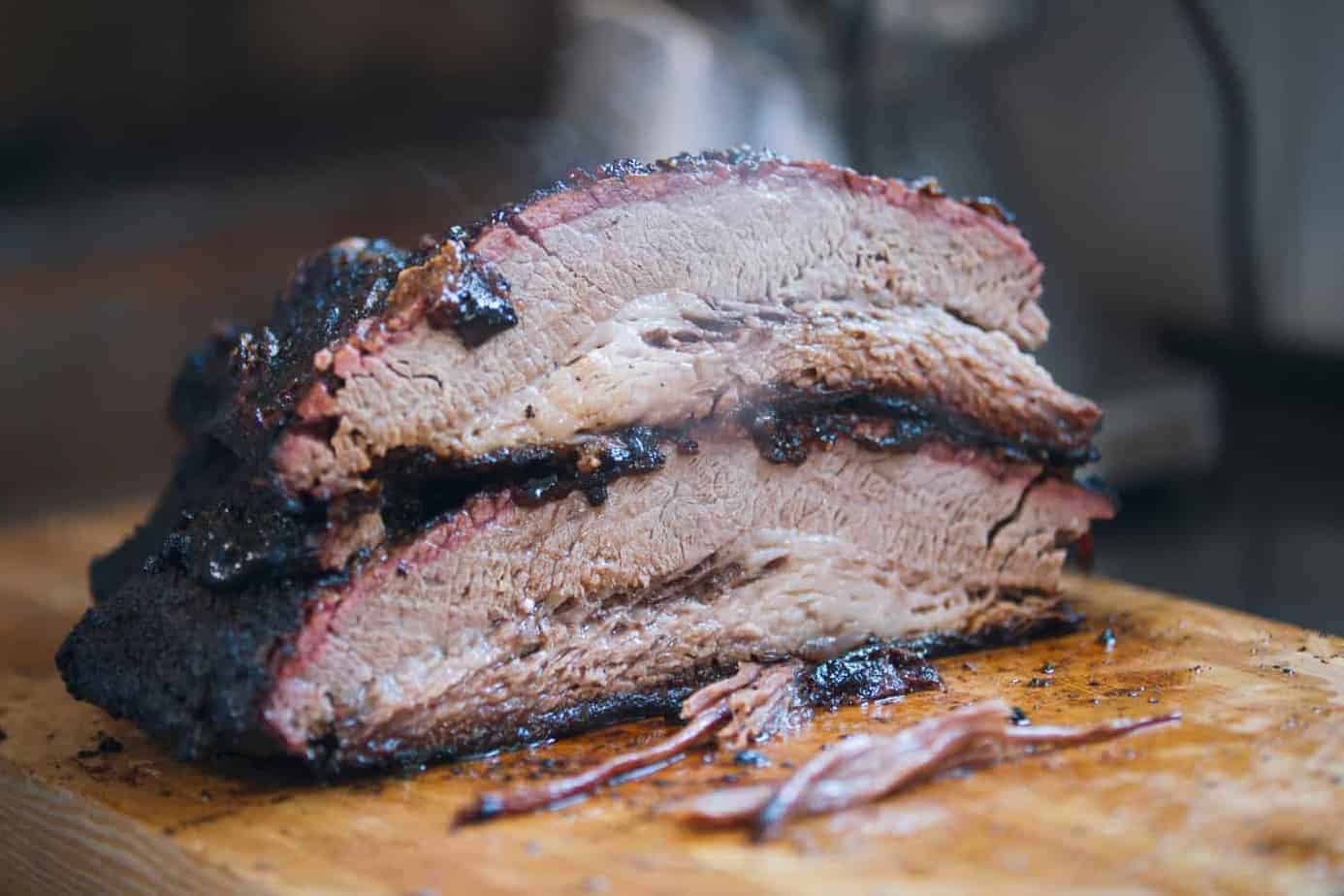The Truth About Brining. A Must Read for BBQ
Disclosure: This post may contain affiliate links. If you use these links to buy something we may earn a commission at not additional cost to you. Learn more.
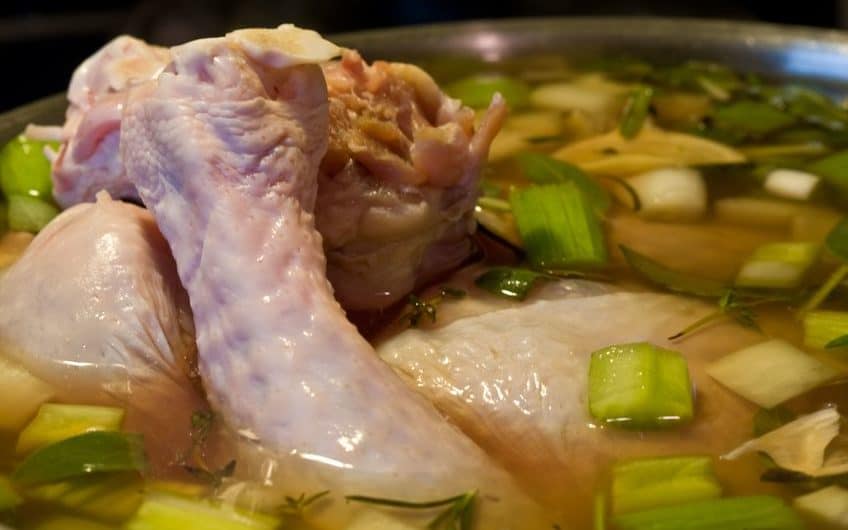
Brining is something often done on many different types of foods, including meats. So when it comes to grilling and smoking meats, is brining something that should be done beforehand, if at all? Brining is definitely something you should consider doing before you prepare to cook your meats, as it will increase the moisture and taste of the food.
Brining is a form of treating food, much like marination, that helps to increase the flavor and tenderness of it. The mixture is simply made of Kosher salt and water, and then the meat is placed in it to soak for anywhere between a few hours to a couple of days.
There is a lot behind brining and why it is a process used so often on meats. In this article we will go through what exactly brining is, the science behind it, the pros and cons of brining meat, and how to brine different kinds of meat.
What Is Brining?
Like mentioned above, brining is a way of preparing food before it is cooked, but it isn’t exactly like curing or marinating. It doesn’t use as much acid as marination, but is just a combination of water and kitchen salt. No iodine or other additives are put into the mix unless it’s something meant to help improve the tenderness or flavor of the food. All you have to do is soak the food in the mixture until it has had the proper time to soak the moisture inside.
The additional moisture helps improve the meat as it cooks, and also helps to preserve and season it. People often add things to the brine to enhance the flavor of the food being soaked; common additives are herbs (the most popularly used examples would be basil, oregano, thyme, rosemary, and parsley), spices and seasoning (whatever appeals to the cook, but chili powder and lemon pepper seasoning are common favorites), vinegar, sugar, honey, and even caramel. Things like the vinegar, sugar, and honey can also help improve the browning of the meat while it is being cooked, smoked, grilled, etc.
Brining is a process used on more than just meats, but also on cheeses (as a way to help their aging process), fruits, and vegetables – all foods that are actually rather common when it comes to smoked foods. Brining is also the process through which we get pickles, by using the mix with added vinegar in it to soak cucumbers.
The origin of brining came about centuries ago and began as a simple way to preserve food, by placing fish and other meats in salted seawater to prevent the growth of bacteria over time. Over time the process evolved and people began to experiment with it by adding herbs and spices to the mix. Natural brine can also be found in water from the sea and in salt water lakes. Source
The traditional ratio of salt to water in a brine is 1 cup of salt (about 10 oz) to 1 gallon of water. For smaller amounts, it would be about 4 Tbs. of salt to to 1 quart (4 cups) of water.
The Science Behind It
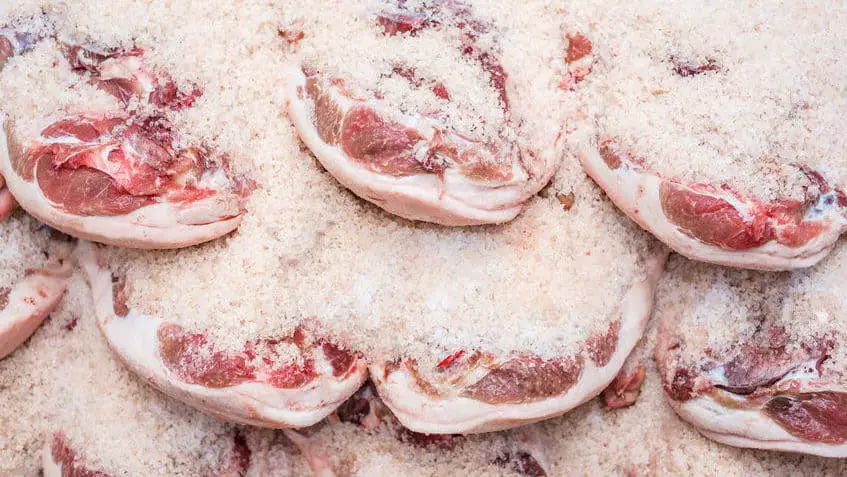
The main reason that foods absorb brine so well is because of the high concentration of salt in the brine. And even though the entire purpose of brining is to get more moisture into your meat, it’s actually the salt both in the brine and in the meat that does most of the work in the process. After the process of brining is done, a piece of meat’s weight can increase by 10% or more.
Osmosis is quite a common word used to describe what happens to meat during brining, because it means to diffuse water through a semi-permeable membrane. In this case, the meat cells are the membrane and the salt and water inside of the meat balances with the salt and water outside of the meat during this process. However, because of the science of osmosis, where water from somewhere with low solute concentration should move to an area of high solute concentration, it should be the water from the meat moving into the brine, not the other way around. This has caused some speculation among scientists about how brining actually works. Source
There are still specifics about the diffusion that scientists tend to argue over. But there are some existing theories about how and why brining actually works, even though it is still not sure if any of them are genuinely correct – mostly because of disagreements about how the salt travels across the different membranes. Here are the two most popular theories:
- The brine outside of the cells has a higher concentration of salt than the fluid inside the food cells. This allows the salt to diffuse into the cell, while the solutes already inside the cell can’t diffuse through the cell into the brine. The additional salinity added to the cell’s fluid allows the cell to absorb the water in the brine.
- The salt diffused into the cells denatures its protein strands, a process where the proteins lose some of the structures present in their native state. Normal strands are wound tight; denatured ones loosen and tangle. The proteins coagulate, which means they transform into a solid or semisolid state, forming a sort of barrier that traps the water molecules while the meat is cooking. It prevents the meat from dehydrating.
The Pros Of Brining
Brining your meat prevents any natural flavor and moisture from leaving it and, like talked about earlier, can help bring in more flavor too. For meats with less fat, like turkey and chicken, this is helpful since it can’t provide as much flavor or moisture on its own.
Meat is a perishable item that goes bad rather quickly, and brining it can help preserve it for a longer time while keeping it tender. It also helps prevent bacteria from growing on the foods. Brining is healthier than some other ways of preparing food, like deep frying, and brined foods also tend to cook faster than non-brined foods.
The Cons Of Brining
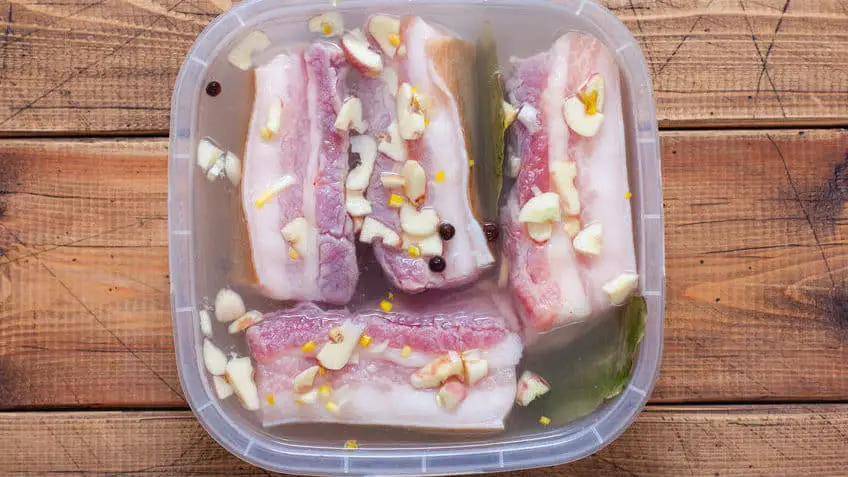
The main issue with brining is that it is very time consuming; meats especially take longer than other foods to properly brine. While vegetables will only take a few hours at most, certain meats can take up to a few days. This will also depend on the amount and size of the food, and what the specific recipe for the food is calling for. Another issues is that letting your meat sit for too long can either dry it out because of the salt, or cause it to completely break down. We’ll go into what dry and wet brining is in just a bit, but below are some cons associated with the two.
Cons of dry brining: It’s important to keep the food in chilled temepratures while it’s brining. You have to make sure the entire piece of meat is salted evenly – that it covers absolutely everything. It’s easy to get too much or too little salt on it because of this. It’s also harder to time the process right and tell when everything has been absorbed properly.
Cons of wet brining: This requires a cold space as well, but also needs a lot of time and space and more materials. You also need an appropriate space to put the food while it’s in the solution. You also have to make sure the brine is able to cover the entire piece of food so it gets completely soaked. Yes, it makes meat incredibly juicy, but it can also cause a watered-down flavor in the food if done for too long.
The Difference Between Dry And Wet Brining
Dry Brining: This type of brining is when the food is simply covered with the course salt (also known as a salt rub for this version) and left for several hours. Since salt is a natural dehydrant, it draws the moisture from the meat to the surface. The moisture mixes with the salt and reabsorbs into the meat with it; it pretty much soaks the meat in its own juices in order to brine it. The extra salt can just be rubbed off when it’s done. And you can still add herbs, spices, and other flavoring to the meat while it is brining.
Dry brining is typically quicker and can create a crispier skin on the meat. The ratio of salt for this type of brining is 1/2 tsp. of salt for every pound of meat. Airflow is a big part of dry brining, so it would be a good idea to consider putting your meat on a rack or something with a pan underneath to catch the drippings. Source
Wet Brining: This is the type of brining more often thought of. It simply means that you have water as part of your brine solution. Make sure your food is completely submerged during the process and kept cold the entire time. Salt should make up between 5% and 10% of the saline solution. Do not go above that. Keep the temperature of the solution at 40° F or below to avoid bacteria growth during the brining.
Once it’s ready to cook, make sure to wipe off any extra solution off the skin of the meat so it can brown well. This type of brining might take longer, but with how much more moist and flavorful the food will be, the time is definitely worth it. Source
Many people have their preferences when it comes to brining with the dry or wet method. So experiment with the different methods and see which one you might like better.
How To Brine Different Types Of Meat
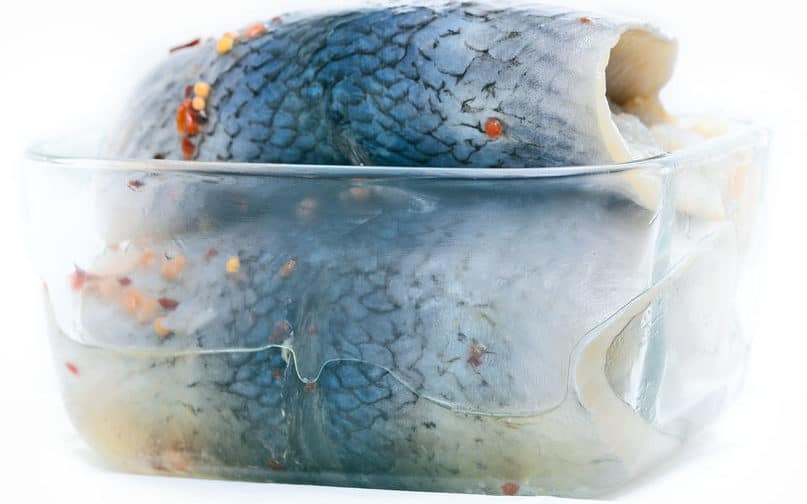
No matter what type of meat you’re brining, you will always want to make sure you have a deep container to keep it in. Either a deep pan or bowl, a cooler, or even a bucket to place the food in. Make sure that your meat is natural with no additional things inside it like salt solution.
The basic steps to start off are to make your mix however you want to and then place the meat in it, making sure it’s completely covered. One great recommendation is to put the brining meat in the refrigerator to keep it at the right temperature. If you don’t have a big enough fridge, find a nice cool spot to put the meat and maybe even put ice or ice packs around the container if you want to keep it cooler. The specifics for how to brine different meats will depend on the recipe you choose.
Poultry: Depending on if it’s a turkey or a chicken, the time limit will vary. Turkeys take about 8 hours at least. For a regular-sized turkey, it can usually take up to 24 hours, while a full chicken will probably take between 3 to 6 hours. Thin pieces of meat will probably only take less than an hour. Overbrining a chicken can make it too salty and soft, but it isn’t as easy to overbrine a turkey. If you brine poultry that has already been pre-salted before you buy it, it can make it too salty. It’s okay to brine a partially thawed turkey because it will continue to thaw while it is brining. Source
For brining chicken, the time range will depend on if it’s a full one, or a different part like just the breast or tenderloins. It’s more common to use the wet brining process for turkeys and chickens.
Steak: Besides just the recipe, the cut of the steak will also impact how long you should brine it for. It’s more common to use the dry brining process on steaks. but on tougher cuts, wet brining would probably be the better way to brine. If you dry brine a steak, it will probably take longer than wet brining since it’s a thicker meat.
Fish: Fish can be brined anywhere between 2 hours to overnight. It’s an easier food to brine and will be okay if kept in longer than needed. Once you remove the fish from the brine, let it air dry in the fridge for about an hour before you start cooking it.

